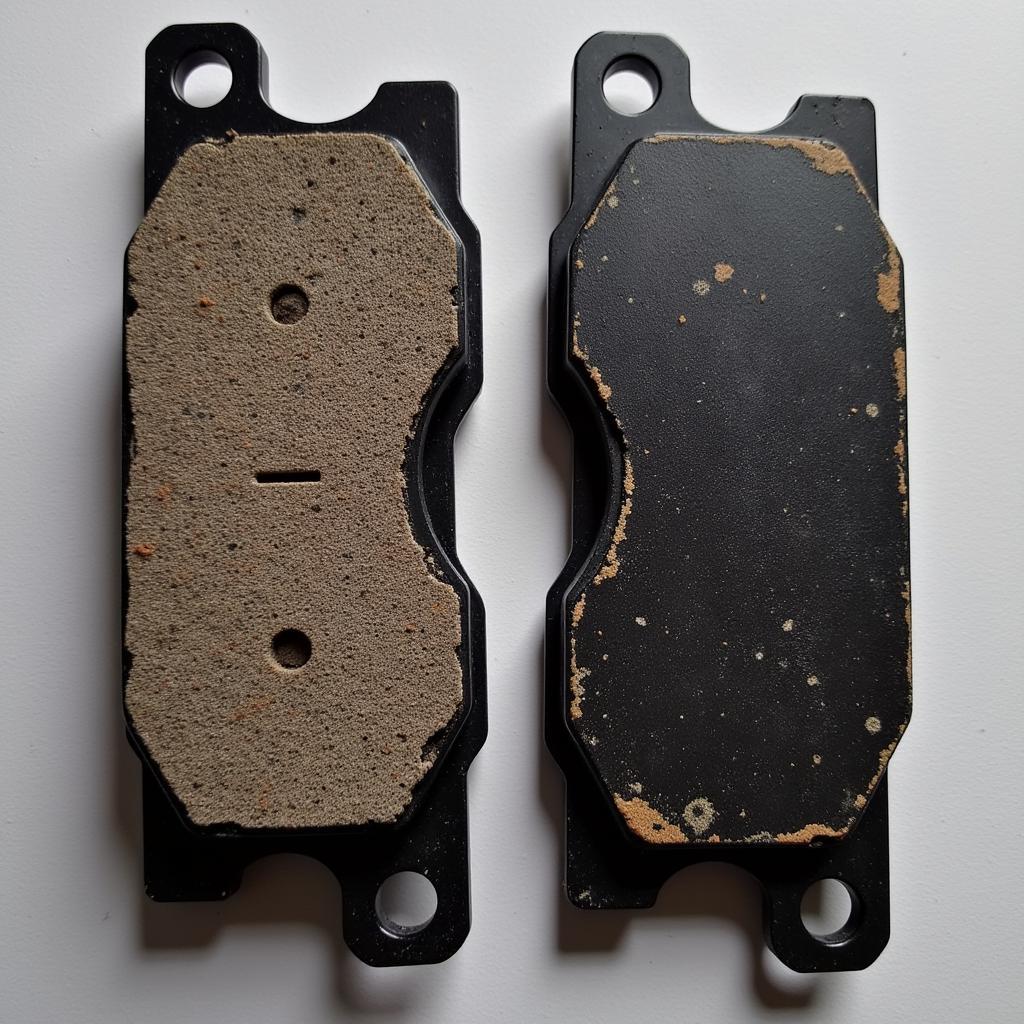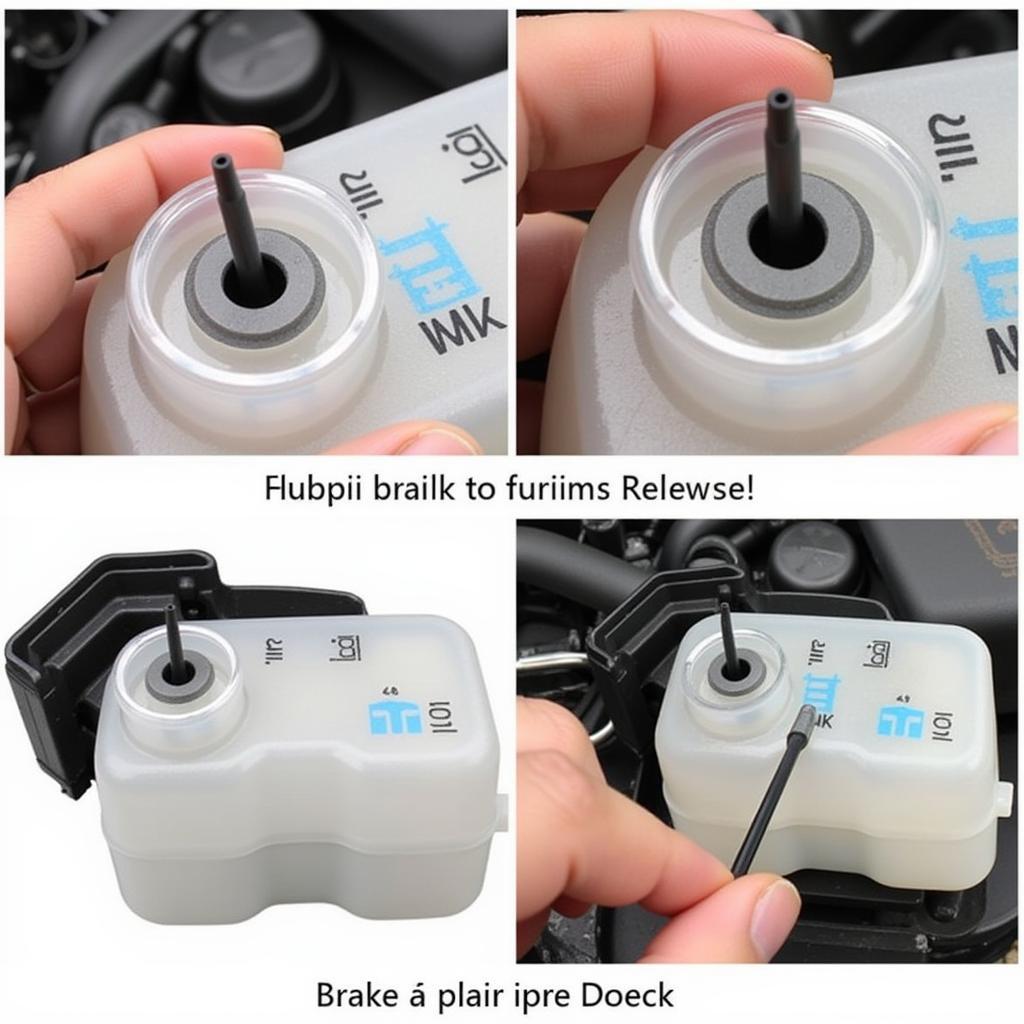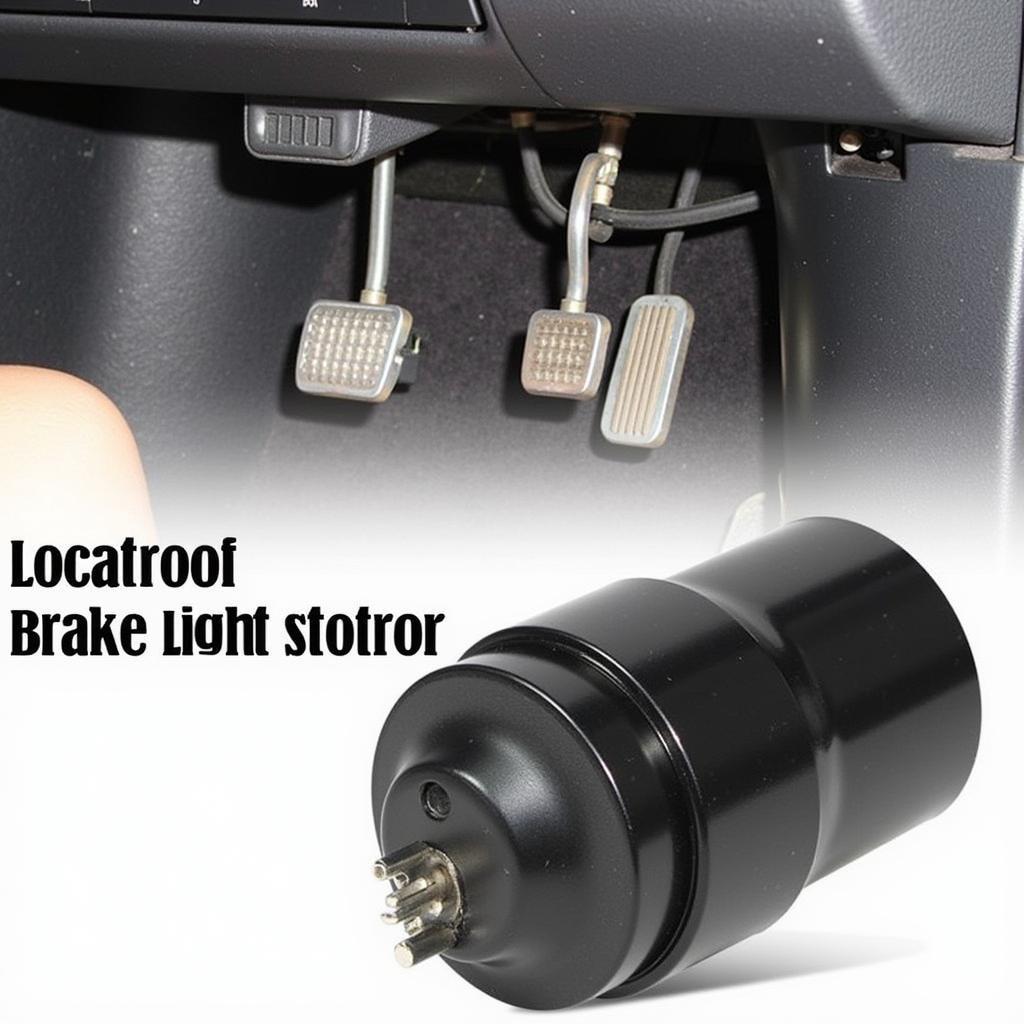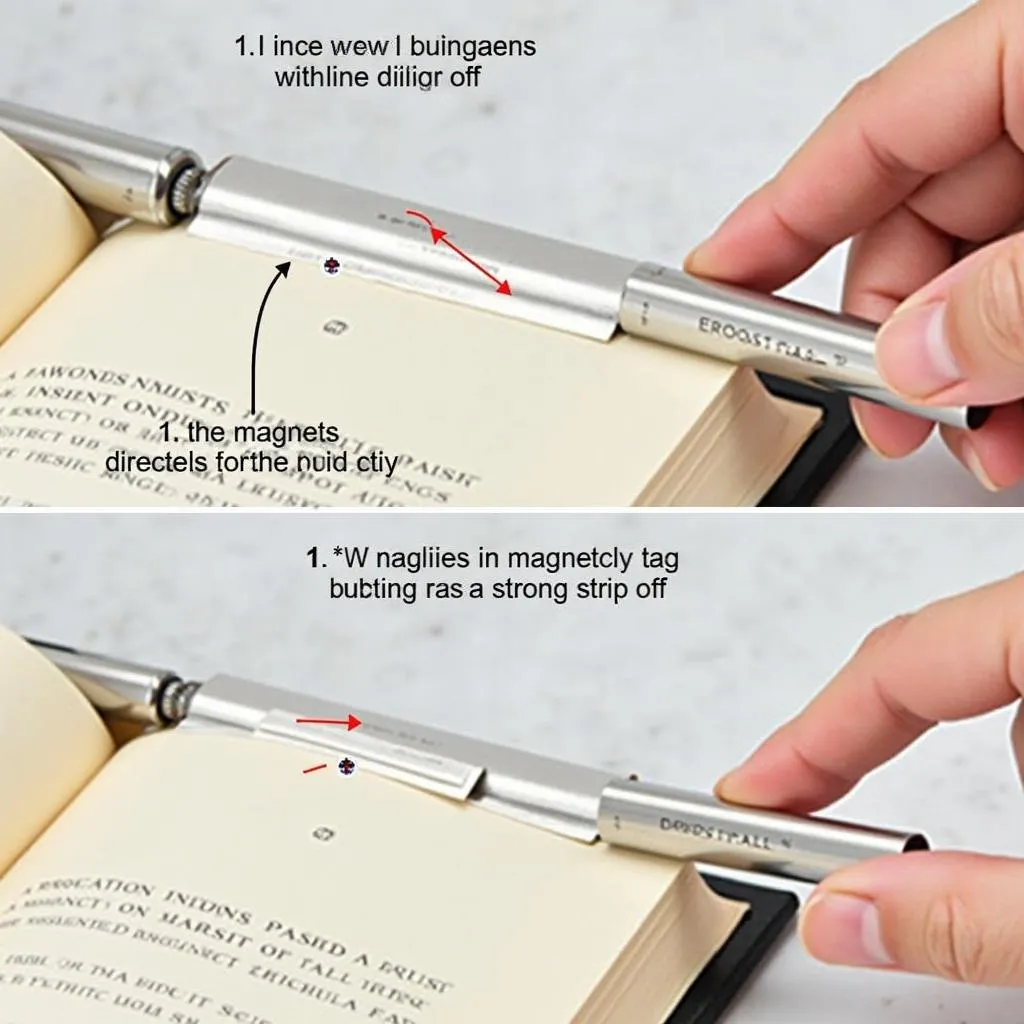A car brake light warning on your dashboard can be a nerve-wracking experience. It’s a clear signal that something is amiss with your braking system, potentially jeopardizing your safety and that of others on the road. But don’t panic just yet! This comprehensive guide will walk you through the common causes of a car brake light warning and provide you with practical solutions, including potential remote software fixes.
Understanding the Brake Light Warning
The brake light warning on your dashboard, often symbolized by an exclamation mark within a circle or parentheses, is triggered by a sensor that monitors various components within your vehicle’s braking system. When the sensor detects an anomaly, it illuminates the warning light to alert you of a potential issue.
Common Causes of a Car Brake Light Warning
1. Worn-Out Brake Pads
 Worn Out Brake Pads
Worn Out Brake Pads
One of the most frequent culprits behind a glowing brake light warning is worn-out brake pads. As you apply the brakes over time, the friction material on the pads gradually wears down. When the pads reach a critically thin point, a sensor embedded within them triggers the warning light. This mechanism ensures you’re alerted to replace the pads before they wear down completely, preventing damage to the rotors and ensuring optimal braking performance.
2. Low Brake Fluid Level
 Car Brake Fluid Reservoir
Car Brake Fluid Reservoir
Your car’s braking system relies on hydraulic pressure generated by brake fluid to function effectively. If the brake fluid level drops below a safe threshold, it can hinder the system’s ability to generate sufficient pressure, compromising your ability to stop the car safely. This drop in fluid level often triggers the brake light warning. Leaks within the system, often caused by worn-out seals or damaged brake lines, are common reasons for low brake fluid levels.
3. Faulty Brake Light Switch
 Car Brake Light Switch Location
Car Brake Light Switch Location
The brake light switch, positioned under the dashboard and connected to the brake pedal, plays a crucial role in activating your brake lights when you press the pedal. Over time, this switch can wear out or malfunction, causing your brake lights to stay on constantly or fail to illuminate altogether. In many vehicles, a faulty brake light switch can also trigger the brake light warning on your dashboard.
4. ABS Issues
Modern vehicles are equipped with Anti-lock Braking Systems (ABS) that prevent wheel lockup during hard braking, enhancing vehicle control and stability. A malfunctioning ABS system, often due to a faulty ABS sensor or a problem with the ABS control module, can trigger the brake light warning on your dashboard.
Remote Software Solutions for Car Brake Issues
While some brake light warnings necessitate physical repairs, some issues can be addressed remotely through software updates and diagnostics. As an expert in automotive electrical engineering, I specialize in providing remote software solutions for various car problems, including certain brake-related issues.
Here’s how it works:
- Remote Diagnostics: Using advanced diagnostic tools, I can connect to your vehicle’s onboard computer system remotely to retrieve diagnostic trouble codes (DTCs). These codes provide valuable insights into the root cause of the brake light warning, allowing for a precise diagnosis.
- Software Updates: In some cases, a software glitch or an outdated software version in your car’s ABS control module or other related systems could be the culprit behind the brake light warning. I can remotely install the latest software updates, addressing any known software-related issues and potentially resolving the problem.
- Calibration and Configuration: After replacing certain brake components, such as an ABS sensor, the new component might require calibration or configuration for optimal performance. I can perform these tasks remotely, ensuring seamless integration with your vehicle’s systems.
When to Seek Professional Help
While remote software solutions can effectively address some brake light warnings, it’s essential to remember that they are not a substitute for a thorough physical inspection by a qualified mechanic.
If you experience any of the following, it’s crucial to visit a trusted mechanic immediately:
- Brake Pedal Feels Spongy or Goes to the Floor: This indicates a serious loss of brake fluid or a significant issue with the hydraulic system, requiring immediate attention.
- Unusual Noises When Braking: Grinding, squealing, or scraping sounds when you apply the brakes often signal worn-out brake pads or a problem with the rotors, demanding immediate inspection.
- Car Pulls to One Side When Braking: This indicates an imbalance in the braking system, possibly due to a stuck brake caliper or uneven brake pad wear, and requires prompt attention to avoid potential accidents.
Expert Insight: “Ignoring a brake light warning can lead to more severe and costly repairs down the line. Early detection and prompt action are crucial for maintaining a safe and reliable braking system.” – John Miller, Automotive Electrical Engineer
Conclusion
A car brake light warning should never be ignored. It’s a crucial safety feature designed to alert you of potential issues with your braking system. By understanding the common causes and exploring remote software solutions, you can take proactive steps to address the problem promptly. Remember, your safety is paramount. When in doubt, always consult a qualified mechanic to ensure your vehicle’s braking system is in optimal working order.

